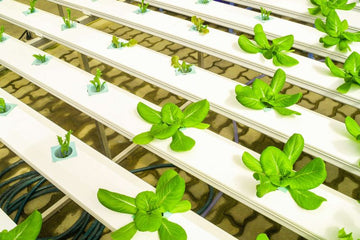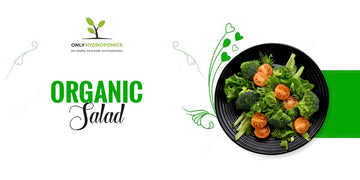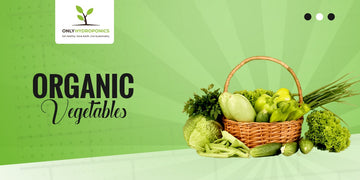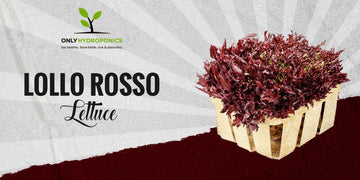In today's time, consumers are becoming more and more conscious of the food they are eating on a daily basis and its origins. They are switching to nutritional options that are better for the environment. Among these, hydroponic veggies are swiftly gaining ground and increasing popularity with those who wish to eat healthy, fresh food all year long.
Due to this, many farmers around the world are already growing vegetables hydroponically for their harvests. Hydroponics is being utilized by many people from non-agricultural backgrounds to grow fruits and vegetables in their homes, workplaces, warehouses, and other unused spaces. Continue reading to find out the top hydroponically grown vegetables.
Top 7 Hydroponically Grown Vegetables
- Lettuce - For its simplicity of growth, lettuce is a favourite among newcomers and makes the ideal addition to fresh salads and crunchy sandwiches. Although the growth of other hydroponic vegetables varies depending on the particular combination of environmental factors in which they are grown, lettuce is unquestionably one of the easiest crops to produce hydroponically.
- Kale - Given a chilly atmosphere, kale's taste improves because it is a cold-weather crop. Compared to other hydroponically grown plants, kale is far more sensitive to nitrogen, and leaf tips frequently burn when nitrogen levels are too high. For healthy growth, it requires a carefully formulated nutritional solution.
- Tomato - One of the most common crops cultivated commercially in hydroponic systems is the tomato. As tomato is a vine crop, it may be grown vertically using wires or strings and the vertical area of a hydroponic garden.
- Mustard Greens - Another good source of antioxidants, low in calories, high in fibre, and rich in micronutrients, mustard greens are a nutrient-dense meal to consume. Additionally, this crop serves as a good source of vitamins C and K. The flavour of young mustard green leaves is moderate, but as the leaves mature, their flavour becomes much richer.
- Spinach - A well-known crop produced hydroponically, spinach is appreciated for its high iron content. Since spinach has a shallow root system, it uses less area than other crops. This crop takes between 30 and 45 days to reach full maturity, and when plucked partially, it can grow again.
- Celery - Traditionally produced as a winter or early spring crop, celery is frequently thought of as a purifying tonic. The normal temperature range for celery is between 15 and 25 degrees Celsius. However, it is important to watch out that it doesn't get too cold, as this might stunt the plant's development.
- Broccoli - Since broccoli is a crop which is suited for colder temperatures, it thrives best in the winter when your hydroponic farm is at its ideal temperature. However, as the leaves of this crop expand quickly and have the potential to block sunlight from reaching other plants, broccoli needs more room to thrive.
There is a big scope for hydroponic farming to be successful. All you have to do is begin with the right veggies. Of course, your setup will require care as well, including the hydroponic system, the solution employed, etc. Instead of looking for an organic vegetable shop near me, you can grow your own organic veggies in your own garden with hydroponic farming





